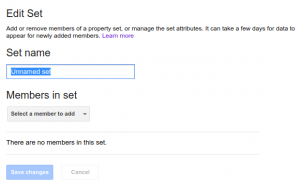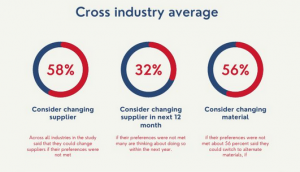
Are you and your team making the most of the tools and resources available in your broadcast production studio? Ensuring you can deliver the best quality of work to your clients, whilst meeting strict deadlines means you have to ensure that not only your team works efficiently – but your tools do also.
We’ve put together a few tips from experienced broadcast producers that can help your broadcast production studio or TV department run more smoothly and effectively.
#1: Have dedicated editing computers
Editing digital video is a pretty compute-intensive task.
Whether you are scrolling rapidly through HD or 4K raw footage looking for that moment, or rendering previews of color grading and effects, the computing power available on your editing rig has real effects on the speed at which you and your editors can get things done.
Our top tip is to ensure the computers in the editing suite are reserved solely for the task they were built for. Don’t run office or email programs or even virus scanners and internet programs, and minimize unnecessary background processes that take up performance resources.
Editors who still require access to emails and administrative programs instead have a laptop that runs on the side when they are editing in the studio.
#2: Offload IT and minimize downtime
In the studio you really need technology to work and minimize downtime so that you can get on with the work that keeps clients happy and brings in the dough.
Many commercial broadcast producers and heads of TV at the large agencies we spoke to use dedicated IT departments, or outsource the administration and maintenance of their IT systems and infrastructure. By letting IT experts deal with the tech side of things you ensure best-of-class management of the technical side of your business, while maximizing uptime.
Has the file server gone down? Your IT department or contractor can have a replacement up in its place and running in a matter of minutes. An editing computer not booting up because of a corrupted hard disk? A competent IT contractor should have cloned copies of the hard disk ready to swap in.
#3: Back it up
Most people don’t see backing up as productivity tip – until they lose critical files or resources.
Backing up your servers, where all your footage, project files, audio, presets, etc reside is critical. The value of your files is in the culmination of months of planning, the cost and time involved in transporting your crew and equipment to the location, the cost of hiring talent and crew, and many hours in the studio putting them together.
Ensure regular server backups, both on the rack and off-site. If you don’t have these facilities, data backup can be done manually, by copying files onto the backup server or drives, using software like Apple’s Time Machine, or commercial/enterprise solutions like StorageCraft’s ShadowProtect.
#4: Plan and schedule to maximize use of downtime
It doesn’t make sense to spend time during your workday waiting for the computer to render and encode videos.
Unless it is a rush job that needs to go out on the same day, most commercial producers recommend queuing up the encoding jobs throughout the day. At the end of the workday start the encoding process and let the software work its way through the whole queue during the night. When you come in the next morning all the perfectly encoded clips are ready to be sent to their various destinations.
The result: You spend less time during work hours waiting for encoding to finish, while making good use of the downtime after hours.
Business & Finance Articles on Business 2 Community
(286)







